Marta Smolińska. Art historian, curator, networker

Her biggest success in Germany to date is the curation, in collaboration with Dr Maike Steinkamp and Dr Joachim Jäger, of the postwar collection presentation of the Neue Nationalgalerie in Berlin entitled “Extreme Tension. Art between Politics and Society 1945 – 2000”. For her, this was a wonderful experience, which in her mind made it worth moving to Germany:
“The exhibition shows key works from the collection of the National Gallery from 1945 to the turn of the millennium. The show is named after the radical performance by the Viennese Actionist Günter Brus from 1970. During the performance, Brus not only pushed his body to its limits, but also pointed to the strong tensions between society, politics and art. This was the Cold War era, with its ideological confrontations between East and West, abstraction and figuration, traditional art forms and new artistic techniques and media. In the exhibition, the term ‘Extreme tension’ (Zerreißprobe) spans the radical upheavals and changes that occurred in art after 1945”, Smolińska explains.
For Marta Smolińska, maintaining contact with the Polish community in Germany is very important. She enjoys going to events at the Club der Polnischen Versager (“The Polish Failures Club”) and takes part in discussions there. Marta Smolińska also aims to make a political statement with her exhibitions. For example, an event was held as part of the “MITbeSTIMMEn” exhibition in cooperation with the PolMotion – Bewegung der polnischen Frauen (“PolMotion – movement of Polish women”) project, which promotes activism among women with a migration background. Here, it is of particular importance to her that she is able to contribute to raising the profile of female artists through her work.
As Marta Smolińska, who has lived in both Poznań and Berlin for many years, explains: “My role model is every female migrant who has found her place in a country to which she has moved, be it voluntarily or through necessity. It doesn’t matter whether her success is spectacular and outwardly visible or whether it takes the form of creating a comfortable home. I admire female migrants who live in harmony with themselves and who grow further on a personal level, each in her own way”. For Marta Smolińska, there was never any doubt that she would become an art historian and curator one day. “I simply love what I do, because my work brings me into contact with inspiring and exciting artworks and artists”. She says that she mainly draws her energy for new ideas from her happy relationship and her friends.
Anna Stahl-Czechowska, June 2024
(The text is based on an oral and written interview with Marta Smolińska).
Publications:
Burcu Dogramaci (ed.), Marta Smolińska (ed.): Re-Orientierung. Kulturverlag Kadmos Berlin, Dezember 2017.
Burcu Dogramaci, Marta Smolińska: Grenze/Granica. Art on the German-Polish Border after 1990, Böhlau Verlag Köln, 2024. (Open Access E-Book)
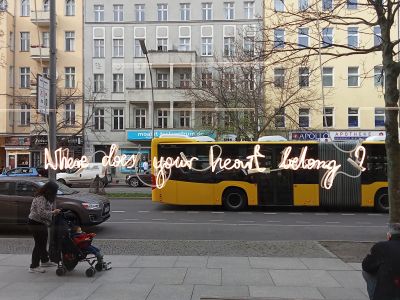
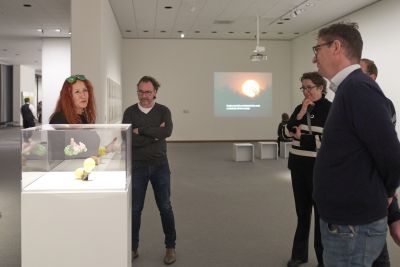
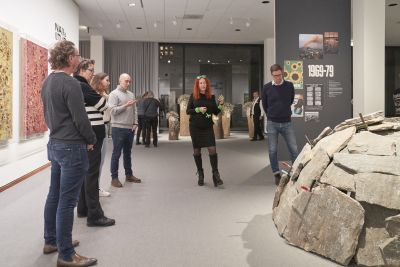
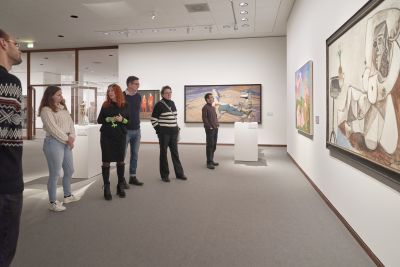
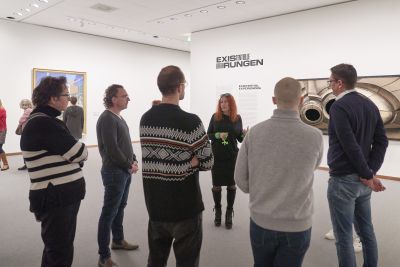
![Sławomir Elsner at the exhibition at the Museum Wiesbaden, 2021 (Alexej von Jawlensky in the background: Spanierin [Spanish Lady], 1913) Sławomir Elsner at the exhibition at the Museum Wiesbaden, 2021 (Alexej von Jawlensky in the background: Spanierin [Spanish Lady], 1913)](/sites/default/files/styles/width_100_tiles/public/Titelbild_23.jpg?itok=J58T-JmV)

